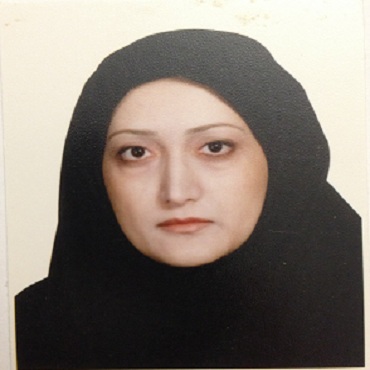Scientific Program

Nahid Naï¬ssi
University of Medical Sciences, Iran
Title: Epidemiology and histopathology of breast cancer in Iran versus other Middle Eastern Countries
Biography:
Dr Nahid Naï¬ ssi is a Breast oncoplas c Surgeon in Head of Breast department of Iran university of medical science. She is Scien ï¬ c secretary of Breast oncoplas c conference and Member of cancer research center. She published More than 70 ar cles in Breast cancer and More than 10 presenta on in interna onal European congress. She has done More than 2000 Breast cancer surgery in 15 years with registra on and follow up for research Pioneer on intra-opera ve Radiotherapy in Breast cancer surgery.
Abstract
Background: Breast cancer is the most prevalent cancer among females worldwide. This study compares the results of the most cited published Iranian studies and studies from other Middle East countries on breast cancer with data from the Ministry of Health and Medical Educa on and approximately 2000 cases from the Cancer Research Center of Shahid Behesh Medical University of Iran. Methods: Data from the Cancer Registry System of the Ministry of Health and Medical Educa on and the Cancer Research Center were obtained in addi on to data from other published Iranian ar cles to increase the accuracy of incidence, prevalence, disease burden, risk factors, clinical staging, clinical pathology, biological markers, clinical subtypes, and survival rate of breast cancer in the last decade and compare the epidemiological data with other areas of the world. Results: Overall, breast cancer was the most common cancer in Iran. The age standardized rate for breast cancer was 33.21
per 100,000 according to the latest na onal databases. The mortality rate for breast cancer has not changed in the past 30 years in Iran. The age-standardized rate for mortality was 14.2 per 100,000 with a mean age of 49.84 years. The most common cancer in Iran is invasive ductal carcinoma. In our last review, 65.5%-70.5% of cases were in the early stages (1 and 2) and less than 30% were in the advanced stages. The ï¬ ve-year overall survival rate was es mated at 72% in women and 60% in men. The stage and number of posi ve lymph nodes signiï¬ cantly aff ected the survival rate. In the Gulf Coopera on Council, ASR of the Kingdom of Saudi Arabia was (12.9), Bahrain (46.4), Kuwait (44.3), Qatar (35.5), United Arab Emirates (19.2), and Oman (14.4) per 100,000. Conclusion: Our study shows that epidemiology and histopathology of cancer is Diff erent with other neighborhood countries and is mul -dimension and needs mul center involvement from government authori es, clinicians and scien sts.
- Cell Therapy
- Cancer cell
- Gene Therapy
- Genetic Engineering.
- Bioprocess
- Allotransplantation
- Adoptive Cell Therapy
- Embryonic Stem Cell
- Cancer Immunotherapy
- Molecular biology
- pharmacology
- Stem Cell Therapy

